Maturity through the “lens” of infrastructure
From a flight landing in the clouds of Van Don to containers carrying frozen seafood speeding down the Western Expressway or the rush of cars on the elevated Ring Road 2 in the heart of Hanoi during rush hour, Vietnam’s infrastructure is showing changes every day. What’s special is that these changes come from private resources.
When the state budget is no longer the only source of funding for infrastructure projects, a new wind has blown into the picture of building trillion-dollar projects. Private enterprises have entered the big game, when their role is not only shown in large-scale projects but also contributes to solving strategic bottlenecks.
The Trung Luong - My Thuan Expressway, which had been stalled for nearly a decade, has been "revived" by private investors, shortening travel time from the West to Ho Chi Minh City, creating a development boost for the entire fertile Mekong Delta region.
In Hanoi, the elevated section of Ring Road 2 from Nga Tu So to Minh Khai - a complex construction project in the heart of the city - was deployed and completed quickly thanks to the build-transfer (BT) model, with investment capital from a private corporation. Meanwhile, in Quang Ninh , Van Don International Airport is not only a symbol of modern infrastructure, but also proof that the private sector can undertake the construction of an international airport.
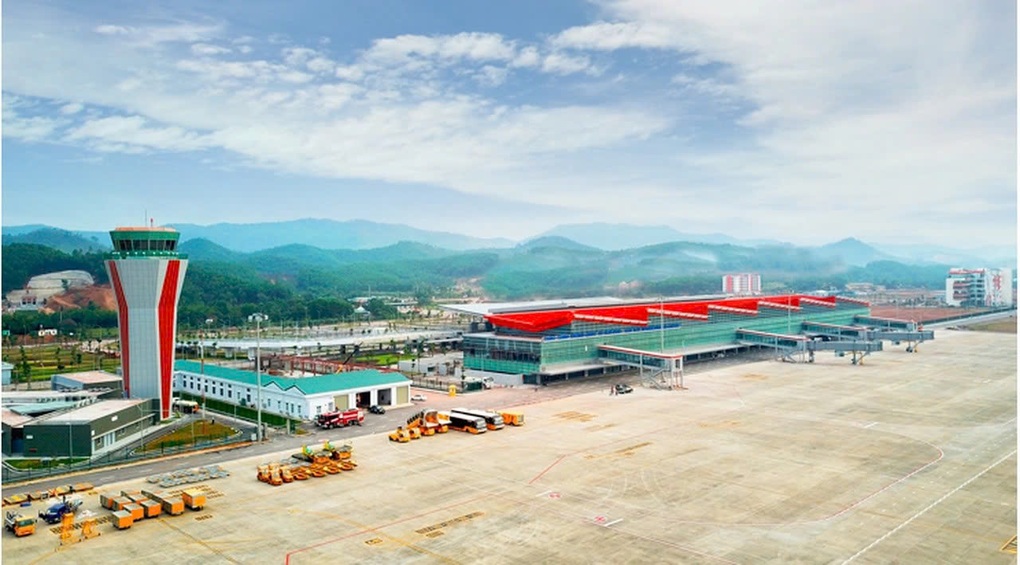
Van Don International Airport is being built by private investors in Quang Ninh province.
The above projects show an important movement taking place when the private economic sector: If given the opportunity and a clear legal corridor, they will not only build and complete large-scale projects but also open up development space, awakening the development potential of a land.
The strength and ambition of the Vietnamese private sector is also reaching out to the most specific field: the North-South high-speed railway. Large private corporations in Vietnam have also proposed and expressed their desire to participate in investing in the development of the high-speed train model.
In a sector that requires tens of billions of dollars in capital and a century-long vision, the participation of the private sector, if accepted, would be an institutional turning point, opening up the possibility of building billion-dollar infrastructure projects in a faster, smarter way and less dependent on state mechanisms. Instead of waiting to be assigned a role, private enterprises proactively propose with the expectation of creating a development push.
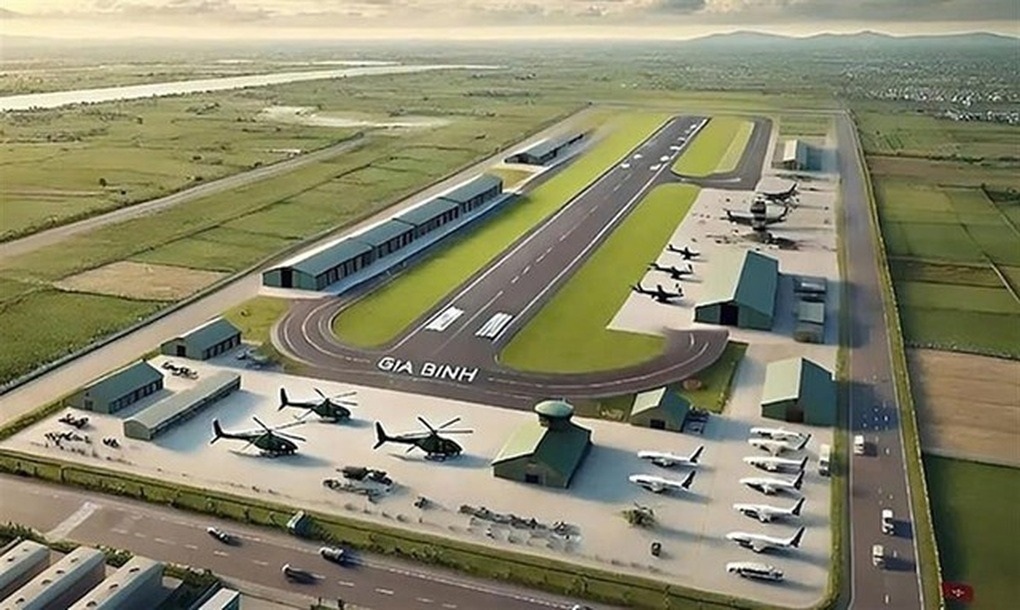
Gia Binh Airport, when completed, can accommodate the world's largest aircraft.
Vietnam's Private Economy: Four Decades' Mark
After only 40 years, Vietnam's private economy has transformed and matured. According to the 2023 Statistical Yearbook, in the 2020-2023 period, the private economy contributed an average of 50.3% of GDP, higher than the state economic sector (20.87%) and the FDI sector (20.3%). According to the General Statistics Office, the private economy solves the employment problem for 82% of the labor force in the economy, contributes 30% of the total budget revenue, and accounts for 60% of total social investment capital. Although not positioned as the locomotive of economic development, by 2015, private enterprises surpassed the state sector in terms of contribution to GDP.
Speaking at the seminar “Solutions to promote the private economy”, Associate Professor Dr. Tran Dinh Thien, a member of the Prime Minister’s Research Advisory Group, said that when referring to the role of the private economy, people usually think of figures such as GDP proportion, exports, budget contributions, etc., but these statistics do not accurately reflect the true strength of this sector. “In creating jobs and income for society, the private sector plays an important role. This is the foundation for the country’s development,” he affirmed.
With the private economy, when given the opportunity, with their internal strength and flexibility, they have risen to take the lead in many economic sectors, especially real estate. Large private corporations such as Masterise Group have built many iconic projects, changing the quality and services of the industry. They have contributed to the beautification and change of the urban landscape in major cities. The biggest difference that the private wind has made in the real estate revolution is the spirit of rapid implementation, quality, modernity, sustainability and aesthetics of the project.
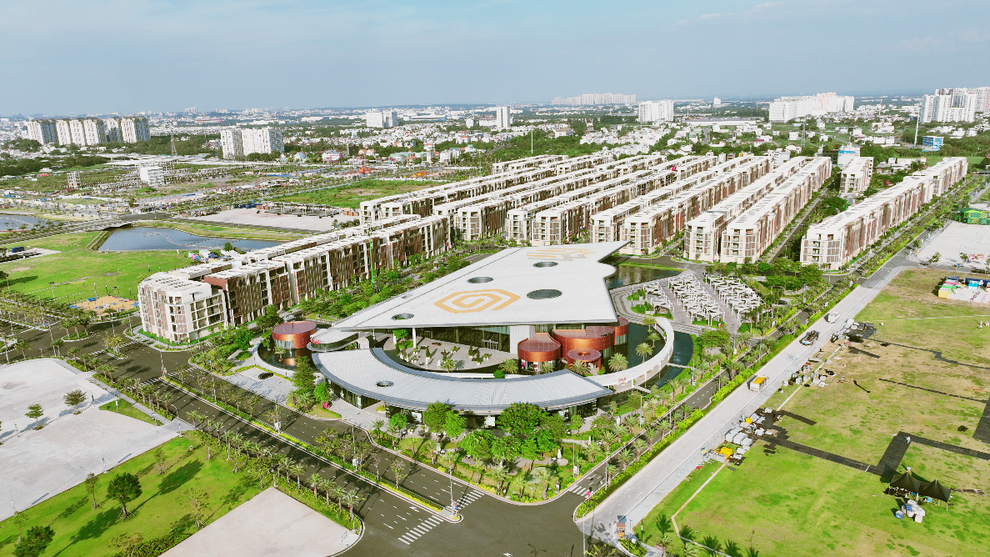
Bold private imprints on iconic projects help change the face of the city (Photo: Masterise Homes).
Summarizing the role of the private economy in the article “Private economic development - a lever for a prosperous Vietnam”, General Secretary To Lam assessed that Vietnam's private economy not only helps expand production, trade and services but also makes an important contribution to improving labor productivity, promoting innovation and increasing national competitiveness.
“The strong rise of many Vietnamese private enterprises not only dominates the domestic market but also affirms their brands in the international market. This proves that if there is a favorable development environment, Vietnamese enterprises can absolutely reach far and compete fairly with the world,” General Secretary To Lam wrote.
Development space leads to breakthrough
The 13th National Party Congress set a specific goal for Vietnam to become a developed, high-income country by 2045. With the development and rise in the past, the role of the private economy was re-evaluated, given responsibility, and Resolution No. 68 signed by General Secretary To Lam marked the most dramatic turning point ever: in a socialist-oriented market economy, the private economy is the most important driving force of the national economy.
At the seminar "Solutions to promote private economy", Dr. Can Van Luc, Chief Economist of BIDV Bank, acknowledged that now is the breakthrough period of the private economy.
Meanwhile, Dr. Vu Minh Khuong, lecturer at the Lee Kuan Yew School of Public Policy, commented that at present, promoting the development of Vietnam's private economy demonstrates three characteristics of a breakthrough. Firstly, it touches the aspirations of society, touching the concerns of many years for the private economy to truly develop into a leading force. Secondly, it reflects the trend of the times because only the private economy is sensitive and decisive enough to grasp changes in technology and market structure to create turning-point changes. Thirdly, the private economic sector has a very high capacity for resonance and endogenous development, with creative transformation, they have the ability to create a chain reaction, spreading influence to the entire economy.
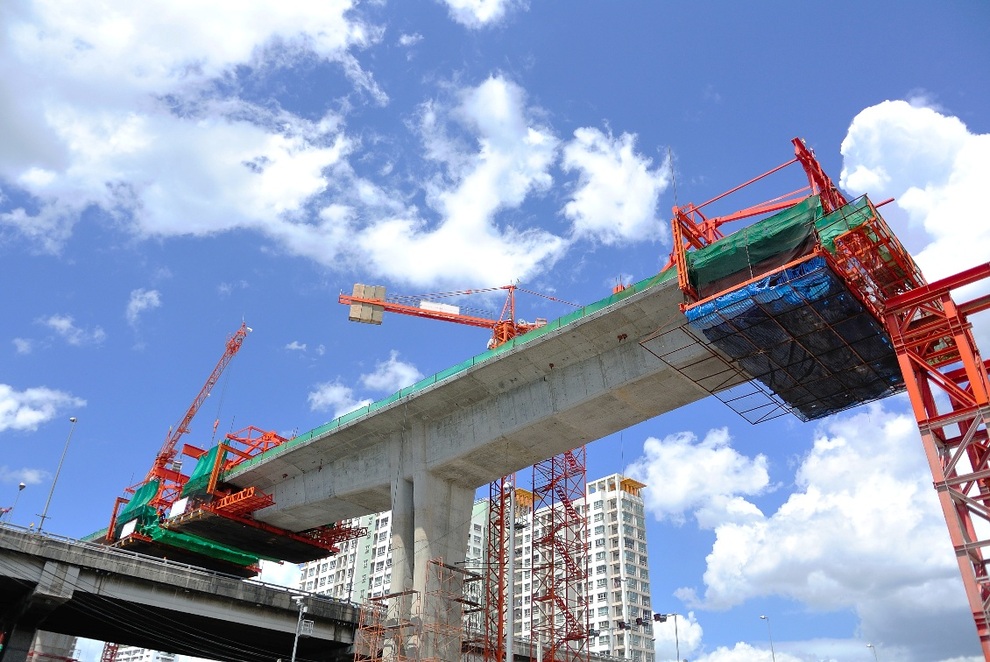
Private sector participation opens up the possibility of building billion-dollar infrastructure projects faster, smarter and less dependent on state mechanisms (Photo: iStock).
At a time when Vietnam is restructuring its economy to realize its strategic socio-economic goals for the 2030 and 2045 visions, the emergence of the private sector in the infrastructure sector further demonstrates a breakthrough factor.
First, they do not invest in easy things, but choose to go into the biggest bottlenecks such as transportation infrastructure, aviation, high-speed railways, where the desire of society has accumulated for many years but has not yet had a feasible solution.
Second, the private sector is agile enough to see opportunities in major shifts in technology, markets, and consumer behavior, and to make quick decisions, design flexibly, and implement decisively.
And finally, the private economy - when given room to grow - often creates ripple effects that connect industries, stimulate innovation, create jobs, and improve the quality of life on a broader scale.
The private economy has demonstrated its creative capacity and endogenous resilience through its clear contributions to the national economy. Over the past 40 years, from a vague role, gradually recognized, this sector has now become a pioneering force in many fundamental fields such as infrastructure. In the new era of national development, whether the private economy has enough resilience to develop Vietnam into a powerful nation by 2045 or not depends on the development space with the Government's creation.
Source: https://dantri.com.vn/kinh-doanh/ky-nguyen-vuon-minh-cua-dan-toc-kinh-te-tu-nhan-ganh-vac-trong-trach-quoc-gia-20250715193512336.htm


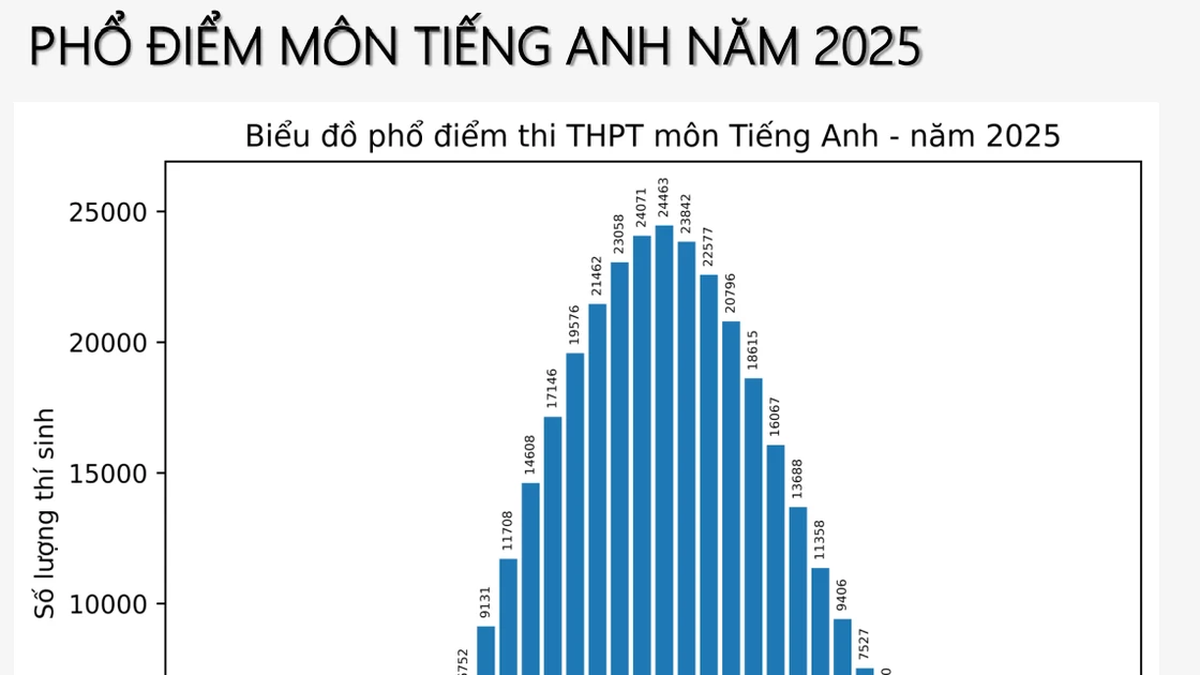
























































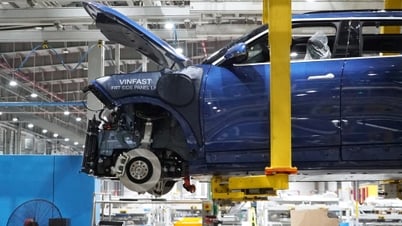


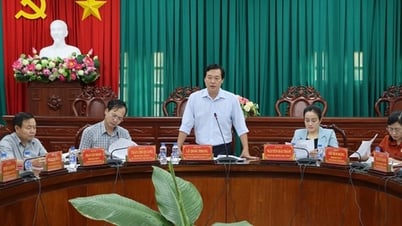





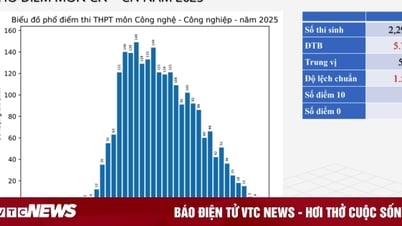







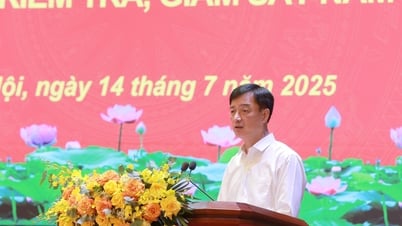
























Comment (0)